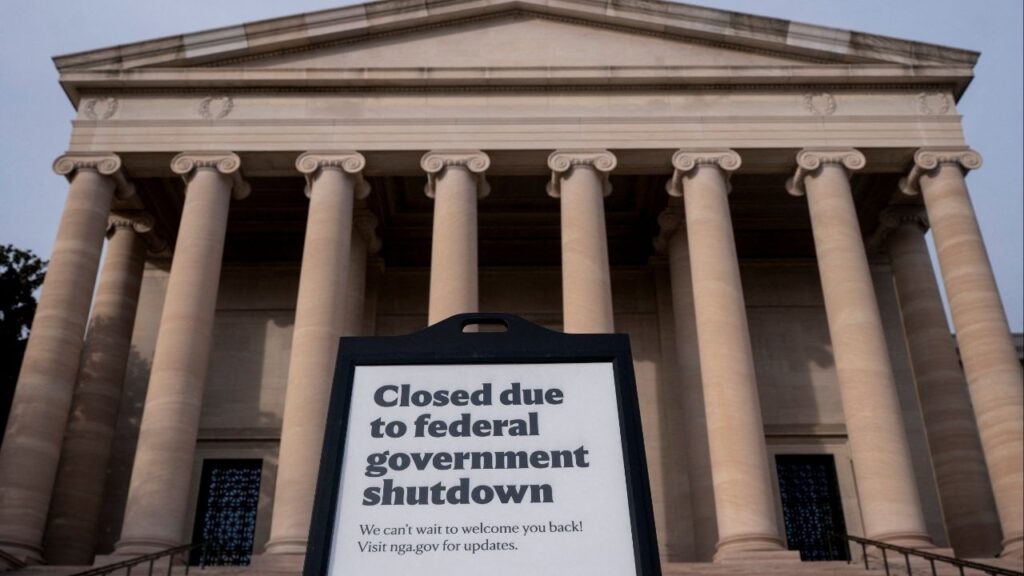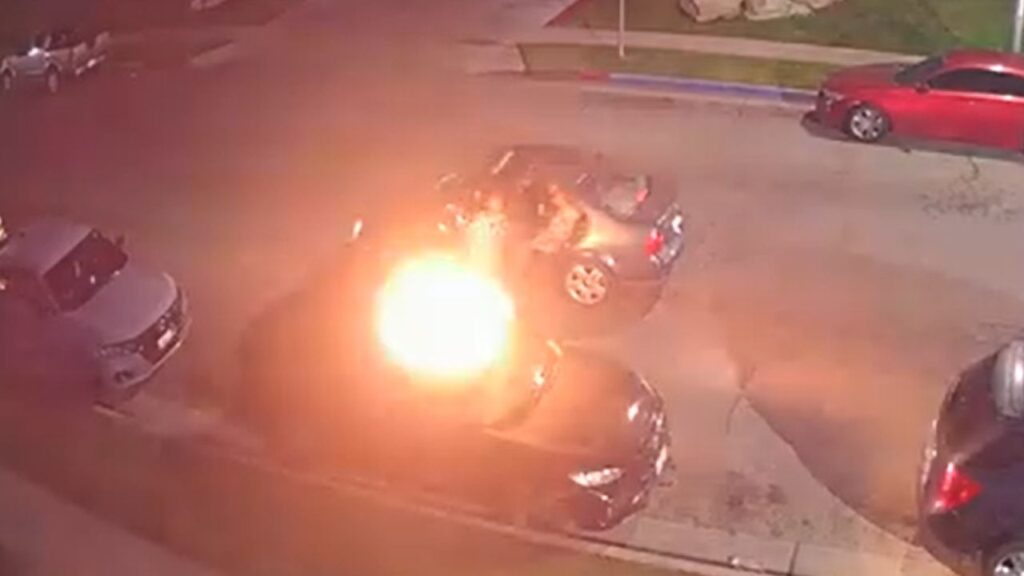State audit reveals low transfer rates from California community colleges, highlighting systemic challenges in higher education. (CalMatters/Adriana Heldiz)

- Audit finds only 20% of community college students transfer to four-year universities within four years.
- Transfer rates are even lower for students in less affluent areas and for Black and Hispanic students.
- Complex transfer system and bureaucratic hurdles contribute to low success rates, despite ongoing reform efforts.
Share
|
Getting your Trinity Audio player ready...
|
Many students start community college with the hope of getting an associate degree and then transferring to a four-year institution, such as a California State University or University of California campus.

Adam Echelman
CalMatters
But a state audit, released today, found that the vast majority of these students never accomplish their goal. “Only about 1 in 5 students who began community college from 2017 to 2019 and intended to transfer did so within four years,” the audit states. Transfer rates are even lower for students in less affluent parts of the state and in rural areas and for students who are Black or Hispanic, according to the audit.
The state’s higher education systems are designed so that students can spend two years at community college, two years at a university, and then graduate with a bachelor’s degree. Tuition at community college is cheaper than at any Cal State or UC campus, so in theory, a student who follows this path is saving money.
In practice, few students ultimately transfer and those who do take so long to do it that they lose out on any potential savings.
Without a bachelor’s degree, career prospects are often dim. Many jobs require a bachelor’s degree, and on average, young adults with a bachelor’s degree earn $16,000 more than those with only an associate degree. Adults with only a high school education earn the least on average.
In 2022, Gov. Gavin Newsom set a goal to increase the percentage of working-age adults with a postsecondary degree or certificate from 55% to 70% by 2030. Improving the transfer process is critical to reaching that goal, the audit states.
Related Story: What Happens When California Schools Call for the Police?
The Community College Transfer Maze
The transfer system is too complex, the audit says, and numerous studies have found that bureaucracy is partially to blame. Students who want to transfer face a maze of administrative hurdles and esoteric requirements — akin to a game of chutes and ladders.
“California community college students who want to transfer to a four-year college or university are trying to make progress, but one bad roll of the dice can set them back several turns,” said a June 2021 report by the Campaign for College Opportunity, a nonprofit organization.
Some Cal State and UC majors don’t accept certain community college courses, and some community colleges don’t offer the classes that students need. The Cal State and UC systems have different requirements for community college transfer students, and some students — even students who meet the requirements — get rejected, the audit found.
While most community college students who apply to a UC or Cal State get accepted, popular majors, such as computer science, and popular schools, such as UCLA and Cal Poly San Luis Obispo, are far more selective, the audit found. If rejected, these students are supposed to go through a “redirection” process, where they get accepted to another campus. The state audit found that the CSU redirected more than 25,000 community college applicants to other campuses over the last few years.
In 2010, California lawmakers reformed the transfer process by creating a new kind of community college degree that also guarantees admission to a Cal State campus. Known as the Associate Degree for Transfer, it’s become increasingly popular and a key benefit to students, according to the audit.
Lawmakers tried — and failed — to have the UC system guarantee admissions for these community college students. Last year, lawmakers made a breakthrough by passing a bill that will require UCLA to prioritize certain community college students for admission beginning in the 2026-27 academic year. More UC campuses will participate in later years.
The state has also pushed the community college system to standardize how it labels courses to make it easier for students to determine what they need to transfer. Implementing the new system has been slow, however, and it won’t be complete until 2027.
The last major reform will go into effect next year. Beginning in the fall semester, the community college system will offer a new set of common prerequisites that both the UC and Cal State systems have agreed to accept.
But the audit found that these reforms alone are insufficient. Auditors recommended that community college campuses find ways to increase the number of counselors who can support transfer-bound students and that all three higher education systems should work to expand successful programs, such as the Associate Degree for Transfer.
Related Story: Cal State, University of California Ban Encampments, Impose Protest Rules
When Collaboration Is ‘Ineffective’
When California designed its current higher education system in 1960, it required both the Cal State and UC systems to make room for community college transfers. The UC system agrees to admit one transfer student for every two new freshmen who enroll, but it didn’t meet that goal last year, said UC spokesperson Stett Holbrook. Part of the problem, he said, is that community college enrollment declined.
The Cal State system doesn’t have a specific goal, but the audit said most campuses still enroll a high number of transfer students. The largest exception is Cal Poly San Luis Obispo, where just 18% of incoming students came through the transfer system in recent years.
In 2017, the community college system set a goal to increase the annual number of students who transfer from about 80,000 to just over 100,000 by 2022. The system never achieved that goal, and the pandemic is in part to blame, the audit states.
Paul Feist, a spokesperson for the California Community College Chancellor’s Office, said the next goal is contingent on whether the Cal State and UC campuses can boost their own enrollment.
One challenge with the transfer process is that it requires the community college, Cal State, and UC systems to work together. Historically, that hasn’t been easy.
Related Story: Cal State Trustees Weigh Bid to Merge Cal Maritime, Cal Poly San Luis Obispo
When the state Legislature allowed the community college system to begin offering their own bachelor’s degrees — a solution that avoids the transfer process altogether — professors at the Cal State campuses fought back, fearing that community colleges might siphon away students and force the Cal State system to lose money.
Each system has a different set-up: The UC is constitutionally independent, which means the Legislature has limited authority over it. The Cal State system is centralized, whereas the community college system is more similar to the K-12 system, where regional college districts make the majority of decisions.
There’s no official coordinating committee between the three public higher education systems. Such a committee did exist over a decade ago, but former Gov. Jerry Brown stopped funding it “because he believed it had been ineffective,” the audit wrote.
The audit didn’t call for a new committee but it did ask all three higher education systems to improve how they share data and information.
About the Author
Adam Echelman covers higher education for CalMatters, focusing on California’s 116 community colleges and how they influence the state’s future. He works in partnership with Open Campus, a nonprofit newsroom focused on strengthening higher education coverage in local communities.
About CalMatters
CalMatters is a nonprofit, nonpartisan newsroom committed to explaining California policy and politics.
RELATED TOPICS:
Categories

Venmo Down for Thousands of Users, Downdetector Reports


















